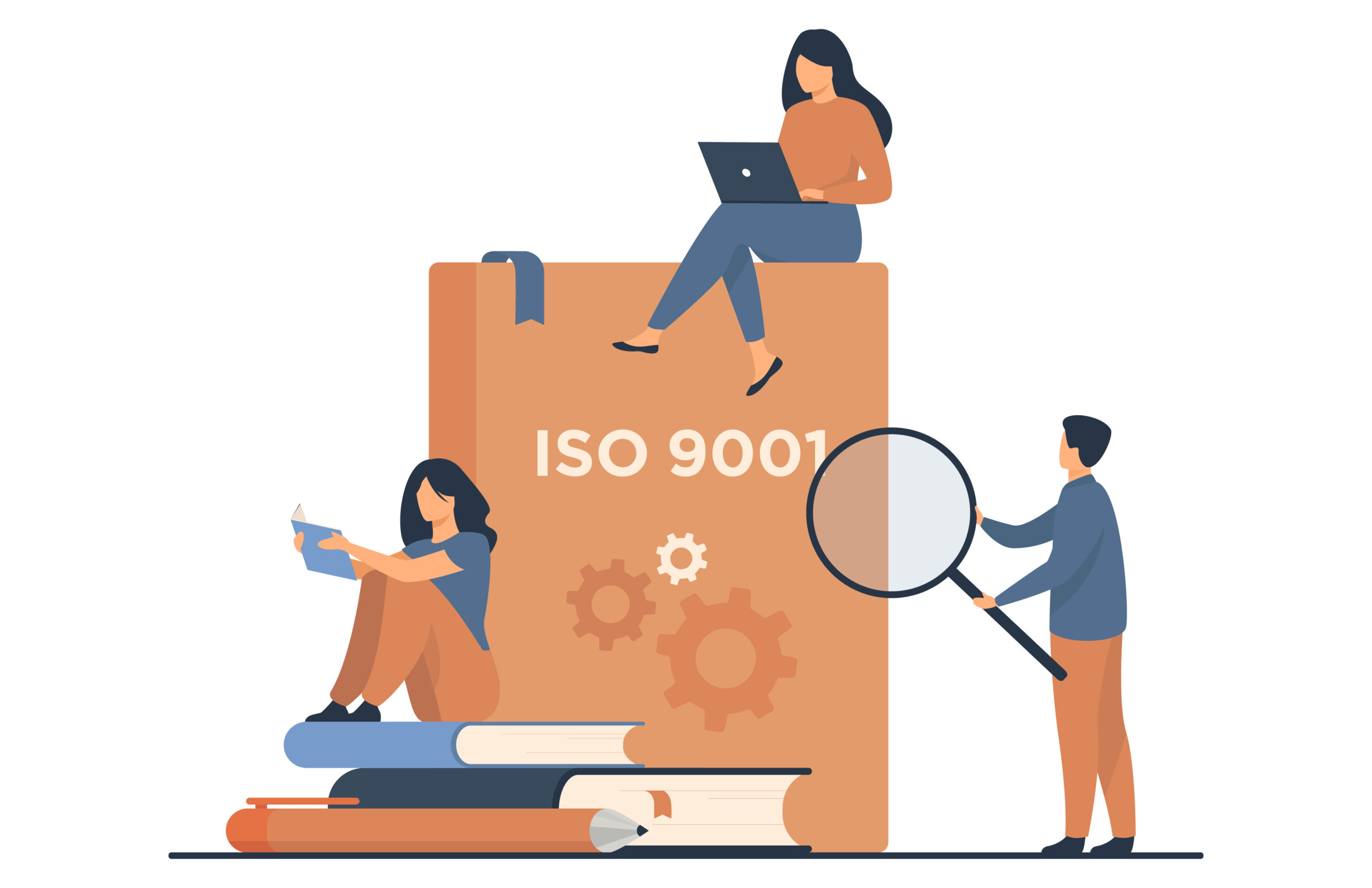ISO 9001 Clause 5
ISO 9001:2015

Understanding Clause 5: Leadership in ISO 9001:2015
Guidance for Small Businesses from CertFast
If you’re a small business working toward ISO 9001:2015 certification, Clause 5: Leadership is a critical piece of the puzzle. At its core, this section ensures that company leaders—owners, managers, or directors—are fully invested in building a strong quality culture and leading the charge toward consistent improvement.
It’s not about adding red tape—it’s about embedding quality into how you run your business daily.
Why ISO 9001:2015 Clause 5 Matters
Clause 5 highlights that quality doesn’t just happen—it’s led. When leadership is active and involved, quality becomes part of your company’s DNA. For small businesses, where leaders often wear many hats, this clause is especially important: it links everyday decisions to long-term customer satisfaction and performance.
ISO 9001:2015 Clause 5: Leadership. Clause 5 talks about the role and importance of Leadership in implementing and maintaining a successful Quality Management System (QMS). To explore the other clauses of the standard, click on a link.

Key Responsibilities Under ISO 9001 Clause 5
1. Be Present and Accountable: Leadership must be responsible for how the QMS (Quality Management System) performs. That means staying engaged—not delegating quality entirely to someone else.
2. Define a Quality Policy That Reflects Your Vision: Your quality policy should explain what your business stands for, how you serve customers, and your intent to keep getting better. You should guide your team’s day-to-day work and communicate it clearly.
3. Set Meaningful, Measurable Goals: Set quality goals that match what is important for your business. This could mean fewer product returns, quicker turnaround times, or better customer feedback. Goals should be realistic, trackable, and regularly reviewed.
4. Make Quality Part of Your Business Workflow: Instead of treating quality as a separate task, include it in all operations. This means from sales and support to delivery and follow-up. This integration ensures everyone is working toward the same standards.
5. Think Ahead: Risks & Opportunities: Good leadership means thinking proactively. Consider potential risks (like delays or supply issues) and opportunities (like new customer needs). Acting on these early keeps your business agile and customer-focused.
6. Put the Customer at the Center: Clause 5 reminds businesses that customer satisfaction is the ultimate goal. Understanding your customers’ needs—and delivering on them—is the heart of a strong QMS.
Breaking Down the Sub-Clauses of Clause 5
Here’s what Clause 5 covers in more detail:
5.1 – Leadership and Commitment
Top management is expected to actively drive the QMS forward and stay accountable for its results.
5.2 – Quality Policy
A clear, well-communicated policy is required—aligned with your business goals and quality promise.
5.3 – Roles and Responsibilities
Everyone on your team should know their role in supporting the QMS. These roles must be clearly defined and communicated.
How Small Businesses Can Meet Clause 5 Requirements
You don’t need a large corporate structure to comply with Clause 5. Here’s how to approach it practically:
- Develop a quality policy that reflects your customer focus and values
- Clarify who’s responsible for what in your quality system
- Create measurable quality goals tied to your operations
- Provide the right tools and time so your team can succeed
- Engage your team—talk about quality and listen to their ideas
- Train and empower staff so they understand how they contribute to the big picture
- Actively identify and manage risks
- Review and refine your QMS regularly
A Quick Look Back: How ISO 9001 Clause 5 Has Evolved
The leadership role in ISO 9001 has grown over time:
- 1987–1994 versions: Leadership wasn’t clearly defined
- 2000–2008: Leadership became more involved through “management responsibility”
- From 2015 onward, leadership became central. Clause 5 was changed to show that leaders must guide the QMS. They need to include it in their strategy.
Final Thought for Small Businesses
Quality leadership doesn’t require a quality department—it requires commitment. If you are a hands-on business owner or part of a close leadership team, you can lead by example. ISO 9001:2015 just gives you the structure to do it intentionally, sustainably, and with confidence.
Do you need help implementing Clause 5 or getting certified?
We specialize in working with small businesses—and we’re here to guide you every step of the way.

